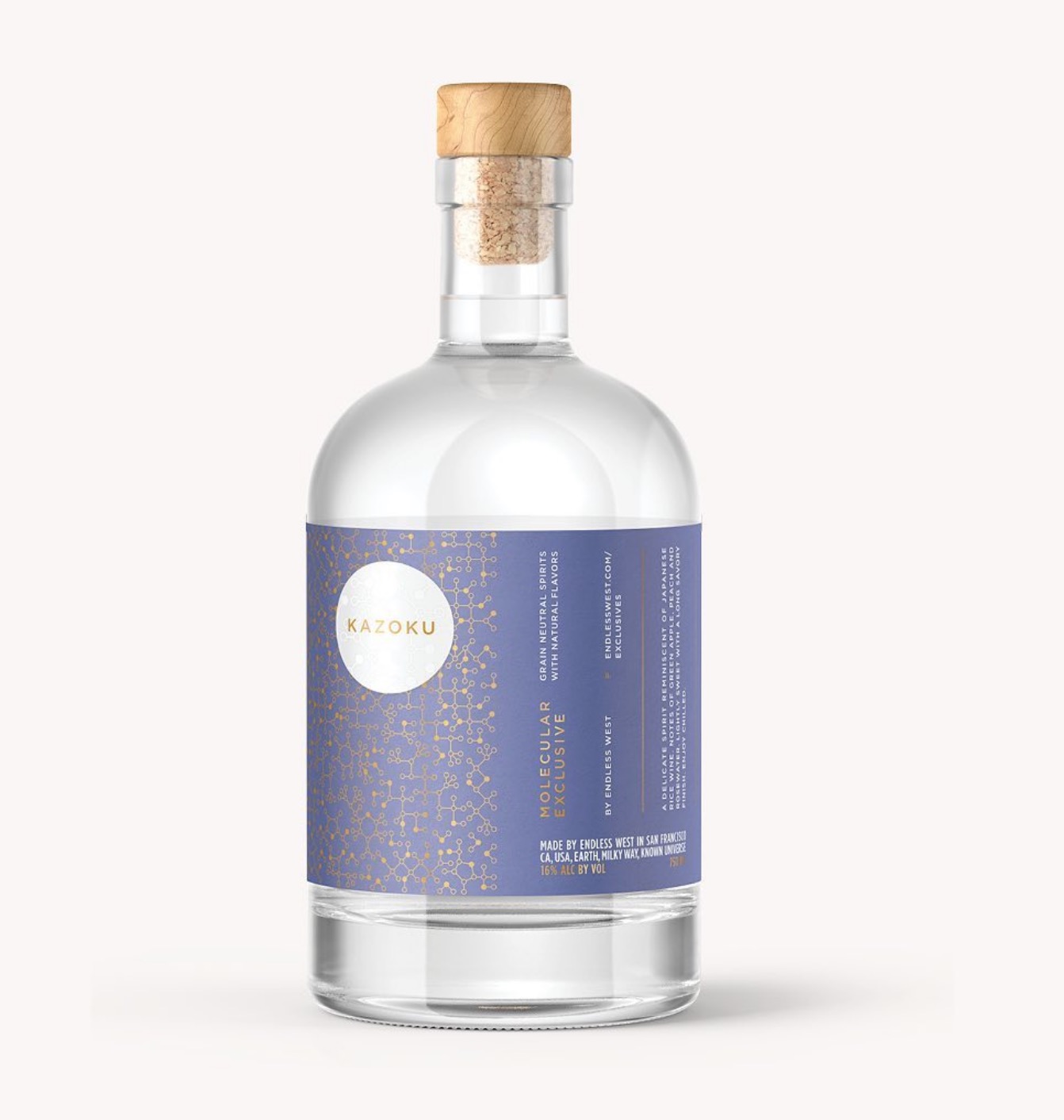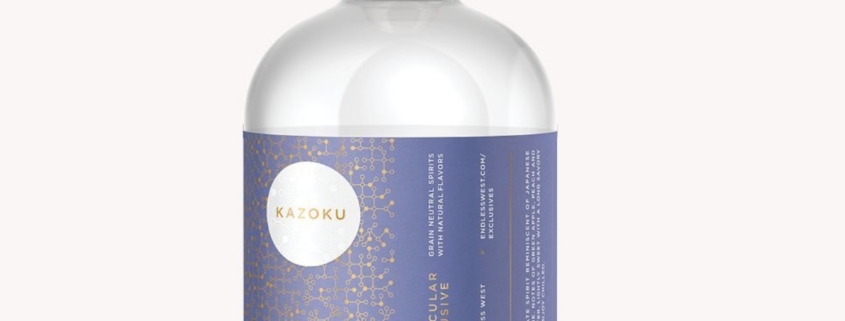Sake Without Rice… Are you ready for “Molecular Sake”?
Any serious fan of Star Trek (such as myself) would know their favorite starship captain’s drink of choice when standing in front of the replicator, that machine that can synthesize just about any food or drink item on demand. Imagine 3-D printing on steroids. For the Enterprise’s Captain Picard, it is “Tea, Earl Grey, Hot” and for Voyager’s Captain Janeway, it is “Coffee, Black“. As for me, I know for sure what I would do first if I had access to the Star Trek replicator… I’d order “Daiginjo Sake, Chilled”. Of course, Star Trek makes it clear that replicated foods and drink are different – and some contend quite inferior – to the “real thing”. They re-create drinks from the sub-atomic level putting matter together, for any item on file, bit by bit – molecule by molecule.
This futuristic replicator technology is exactly what sprung to mind for me when I heard about a new sake called Kazoku (Kazoku means ‘family’ in Japanese). Now, what would you say if someone told you you it’s possible to make sake from start to finish in less than 24 HOURS and with NO RICE. Huh?? Sounds totally preposterous, and honestly, without rice, it is indeed, by its very definition not really possible to make sake. BUT, what is possible is to build an ethanol-based sake-analogous beverage that walks, talks and possibly even tastes just like the real deal. The folks at San Francisco startup Endless West are the literal mad scientists behind this effort to build a sake-like drink – without rice – from the molecules up.
This Kazoku branded sake-like drink, sold legally as a “Grain Neutral Spirits with Natural Flavors”, starts with a pure ethanol base and then water and flavor tinctures are added until the taste, aroma, texture and finish of a real sake is apparently replicated. This can be done quickly and without using any rice. According to the Endless West website, as they don’t use rice … “it requires 75% less water, 60% less land, and 40% less carbon emission to produce compared to conventional sake brewing.”
The company also makes a whiskey and a muscato-like wine using the same methodology… that is to say: deconstructing the flavor and aroma components and then adding them to the appropriate amount of pure ethanol to create a wine or whiskey-like beverage. Now, the lower impact on the environment would be an attractive feature for any beverage, but the question we just can’t escape is – how does it TASTE?!
Luckily for me, it should be easy to find out! I’ve ordered some and will taste it as soon as it arrives from San Francisco. Until then, stay tuned and I am sure the debate will rage well into the 24th century – does replicated taste as good as the real thing?

Photo: © Endless West.





